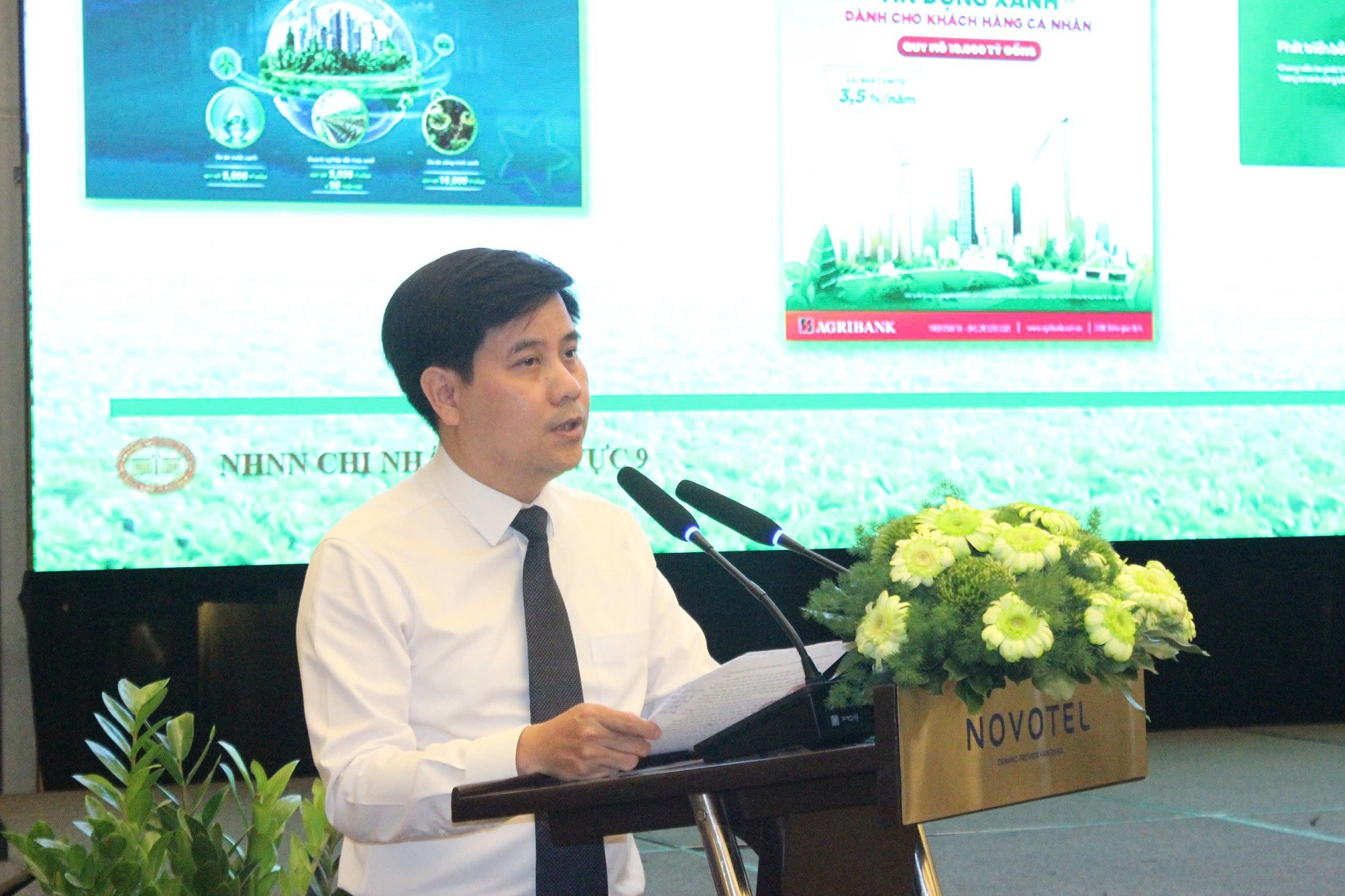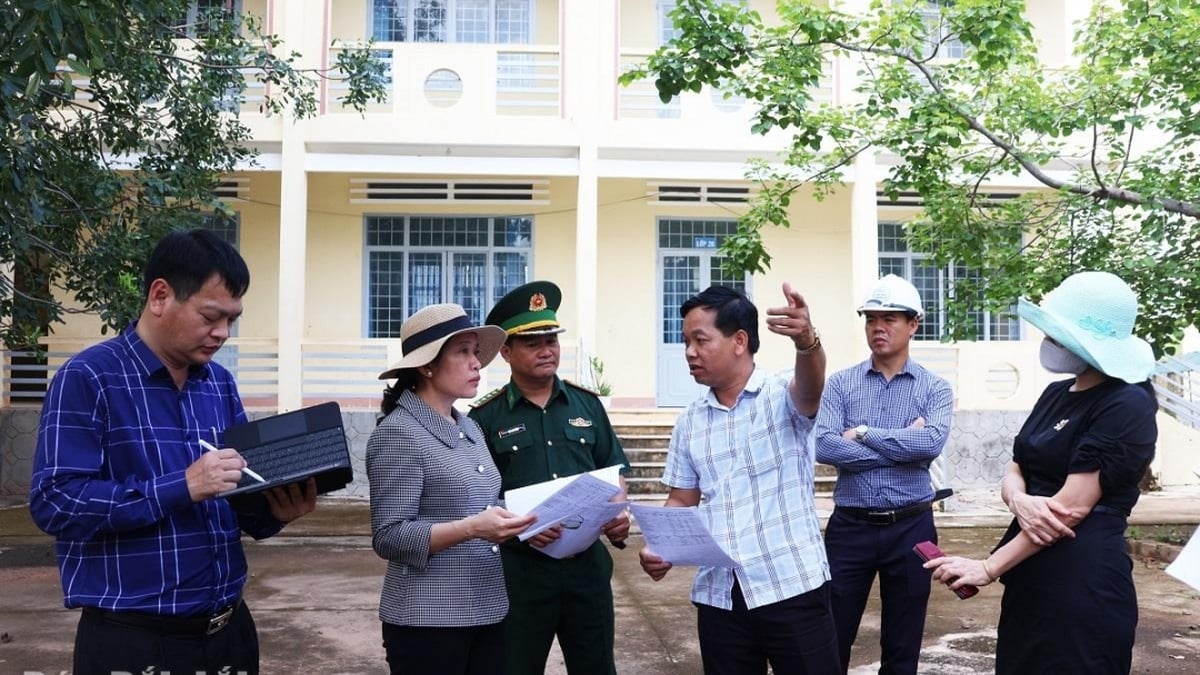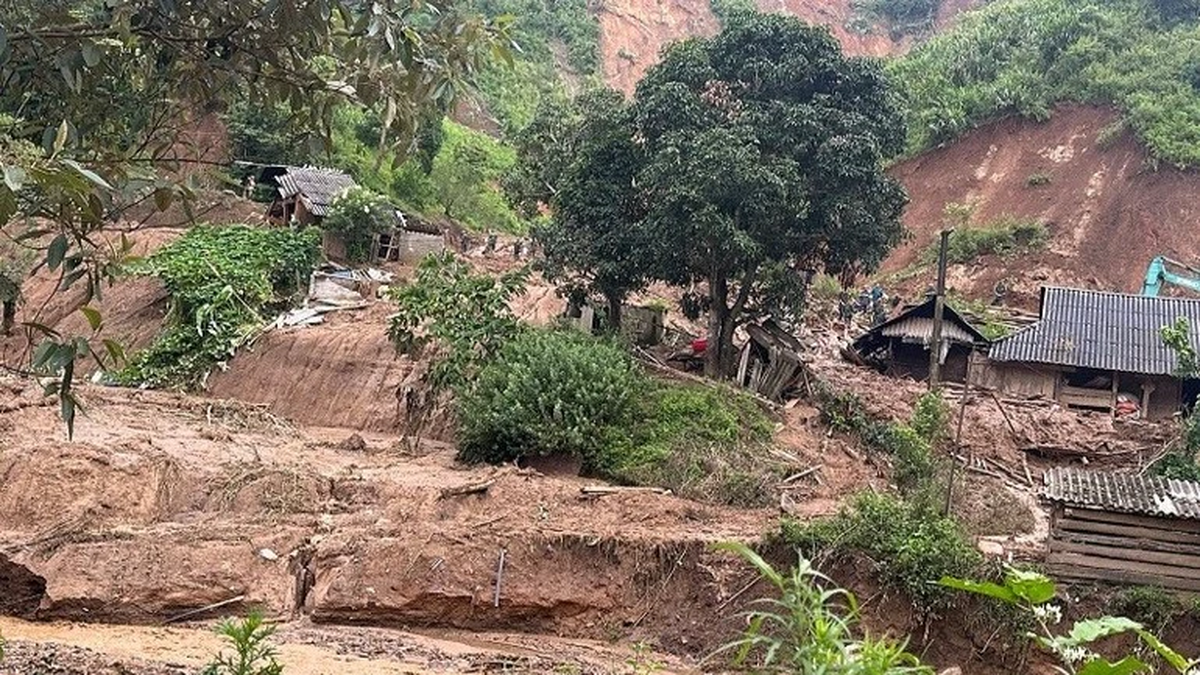This issue was raised at the forum "Connecting Green Credit - Green Industrial Park" organized by Banking Times on the afternoon of May 9, in Da Nang .
Mr. Le Anh Xuan, Director of the State Bank of Vietnam (SBV) Region 9 branch (including 5 provinces and cities: Da Nang, Quang Tri, Thua Thien Hue, Quang Nam and Quang Ngai) said that as of the end of March 2025, there were 30 credit institution branches in Region 9 implementing green credit, with a total outstanding debt of about VND 10,482 billion, accounting for nearly 2% of the total outstanding debt in the whole region.
Loans are mainly focused on renewable and clean energy (35.51%), with common interest rates ranging from 4-7%/year (short term), from 9-11%/year (medium and long term); some special sectors are applied interest rates below 4%/year.

According to Mr. Le Anh Xuan, banks have also reformed administrative procedures and digitized processes to facilitate businesses' access to green credit.
However, Mr. Xuan assessed that the scale of green credit is still quite small compared to its potential. Many businesses operating in important areas such as environmental protection, green transportation, and sustainable construction have not yet effectively accessed capital sources. The main reason is that the investment capital is large, the payback period is long, while the mobilized capital of credit institutions is mainly short-term.
A significant barrier is the lack of specific criteria for defining “green” projects. Although general guidelines exist, they are not detailed enough for banks and businesses to apply consistently. This makes it difficult to assess, grant credit, and monitor the effectiveness of loans.
In addition, many businesses are not fully aware of the benefits of green credit or have not yet accessed modern production methods, high operating costs increase the risk of bad debt with green loans.
Ms. Ha Thu Giang - Director of the Department of Credit for Economic Sectors of the State Bank of Vietnam, said that to expand, unblock and effectively use green credit capital sources of the banking system requires coordination from ministries and branches.
First of all, complete synchronous investment mechanisms and policies to create a favorable investment environment; build a roadmap to implement support policies and mechanisms for green industries (taxes, fees, capital, technology, markets, etc.) for each industry/field in a synchronous manner to attract and promote the effectiveness of green credit capital.
A national green classification catalogue needs to be issued soon; the legal framework for green financial instruments such as green bonds should be completed, the emission rights trading market should be developed, and tax instruments for carbon-emitting activities should be improved.
At the same time, develop and implement solutions to support credit institutions in accessing and mobilizing financial resources from institutions, financial institutions, funds and international private investors, and financial funds to provide long-term loans with preferential interest rates for green industries/sectors.
According to Ms. Giang, only with synchronous and drastic coordination from many sides, including the State, enterprises, banks and the community, can green credit truly become a sustainable driving force in transforming the growth model.
Source: https://vietnamnet.vn/nhieu-doanh-nghiep-van-chua-tiep-can-duoc-nguon-von-tin-dung-xanh-2399590.html


































































































Comment (0)